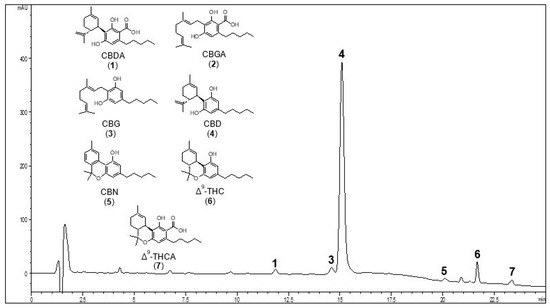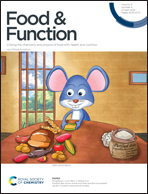
“Objective: To evaluate the long-term safety and efficacy of add-on cannabidiol (CBD) in patients with seizures associated with tuberous sclerosis complex (TSC) in the open-label extension (OLE) of the randomized, placebo-controlled phase 3 trial GWPCARE6 (NCT02544763). Results of an interim (February 2019 data cut) analysis are reported.
Methods: Patients who completed the randomized trial enrolled to receive CBD (Epidiolex® in the United States; Epidyolex® in the EU; 100 mg/mL oral solution). The initial target dose was 25 mg/kg/day, which, based on response and tolerability, could be decreased or increased up to 50 mg/kg/day. The primary end point was safety. Key secondary end points included percentage reduction in TSC-associated (countable focal and generalized) seizures, responder rates, and Subject/Caregiver Global Impression of Change (S/CGIC).
Results: Of 201 patients who completed the randomized phase, 199 (99%) entered the OLE. Mean age was 13 years (range, 1-57). At the time of analysis, 5% of patients had completed treatment, 20% had withdrawn, and 75% were ongoing. One-year retention rate was 79%. Median treatment time was 267 days (range, 18-910) at a 27 mg/kg/day mean modal dose. Most patients (92%) had an adverse event (AE). Most common AEs were diarrhea (42%), seizure (22%), and decreased appetite (20%). AEs led to permanent discontinuation in 6% of patients. There was one death that was deemed treatment unrelated by the investigator. Elevated liver transaminases occurred in 17 patients (9%) patients; 12 were taking valproate. Median percentage reductions in seizure frequency (12-week windows across 48 weeks) were 54%-68%. Seizure responder rates (≥50%, ≥75%, 100% reduction) were 53%-61%, 29%-45%, and 6%-11% across 12-week windows for 48 weeks. Improvement on the S/CGIC scale was reported by 87% of patients/caregivers at 26 weeks.
Significance: In patients with TSC, long-term add-on CBD treatment was well tolerated and sustainably reduced seizures through 48 weeks, with most patients/caregivers reporting global improvement.”
https://pubmed.ncbi.nlm.nih.gov/34957550/
“The results of our study show that add-on CBD can be an efficacious long-term treatment for TSC-associated seizures with manageable side effects and has been approved in patients as young as 1 year of age in the United States.”






